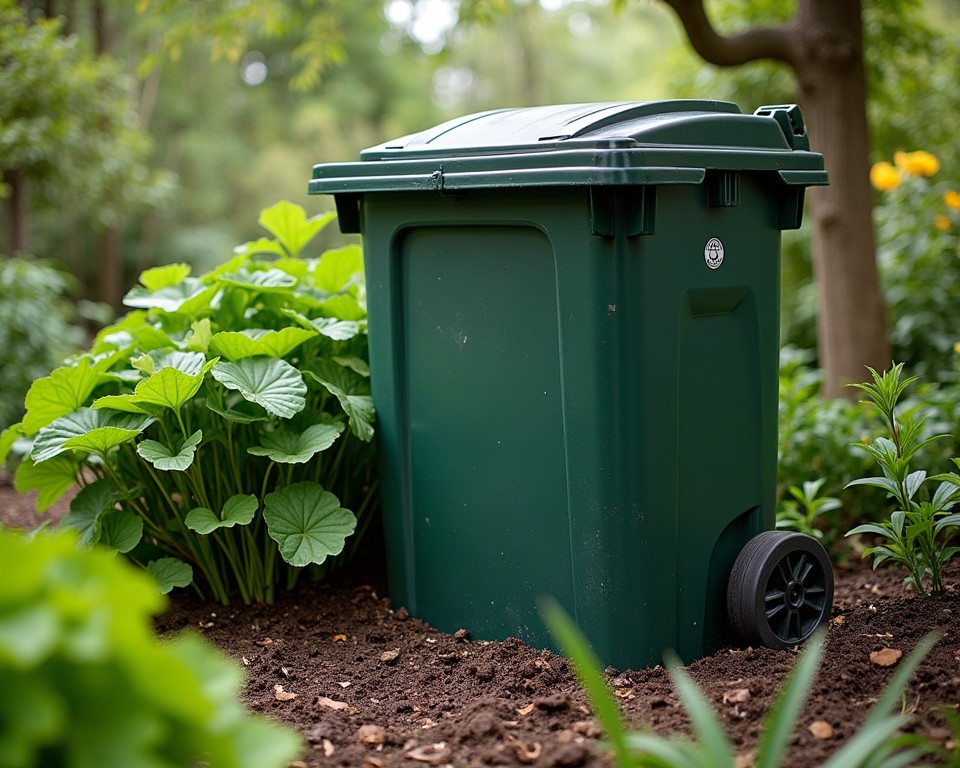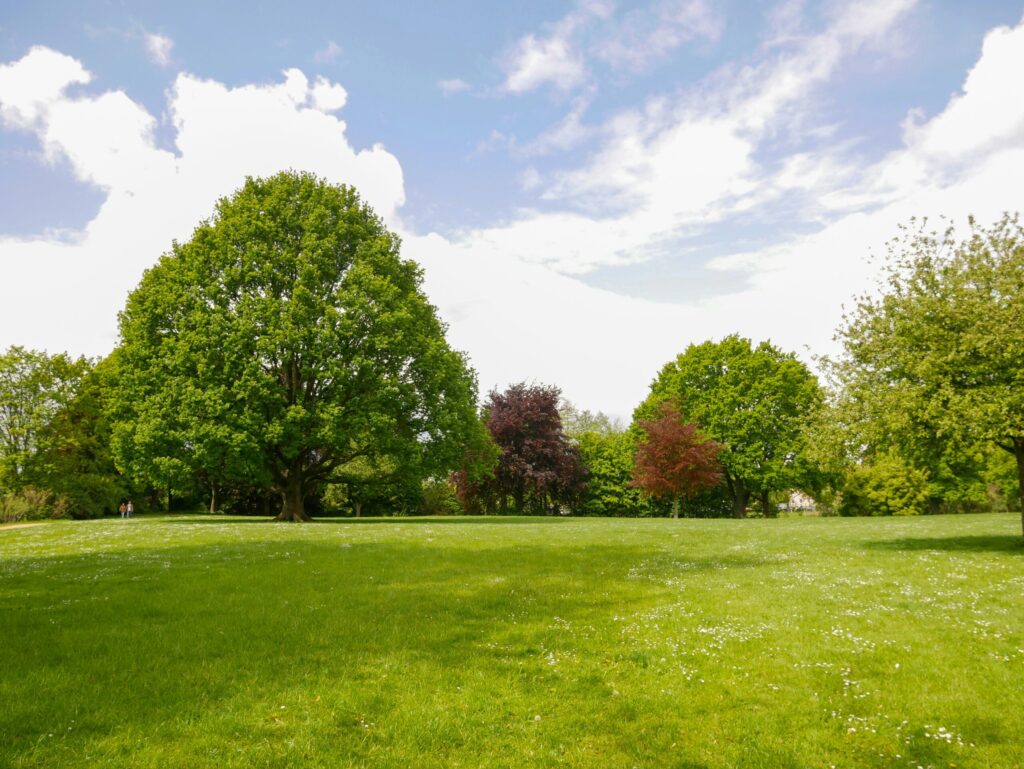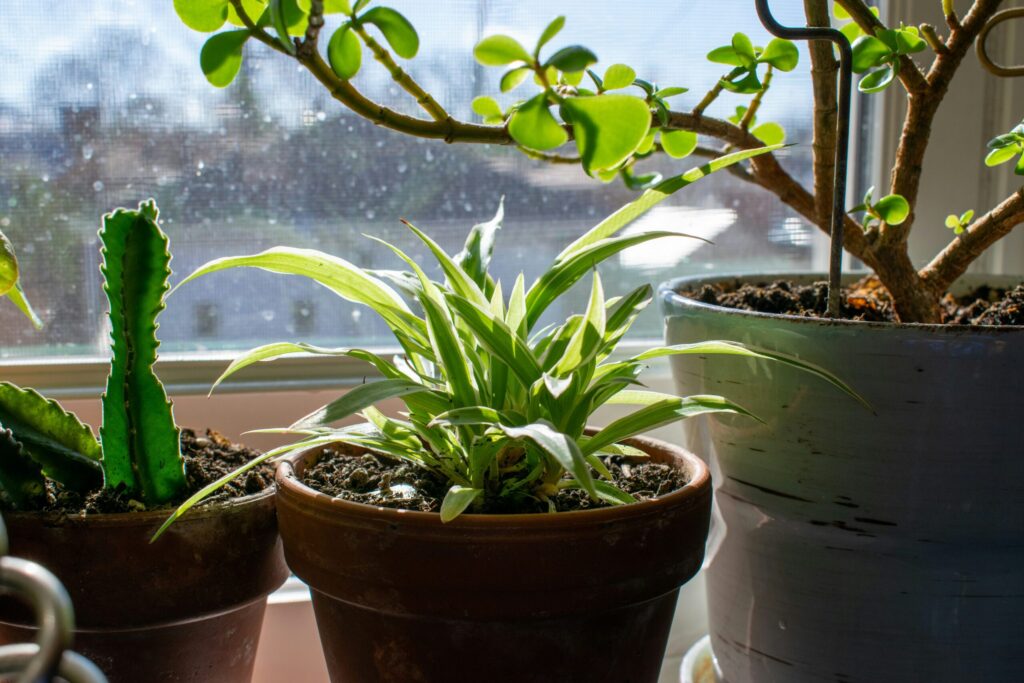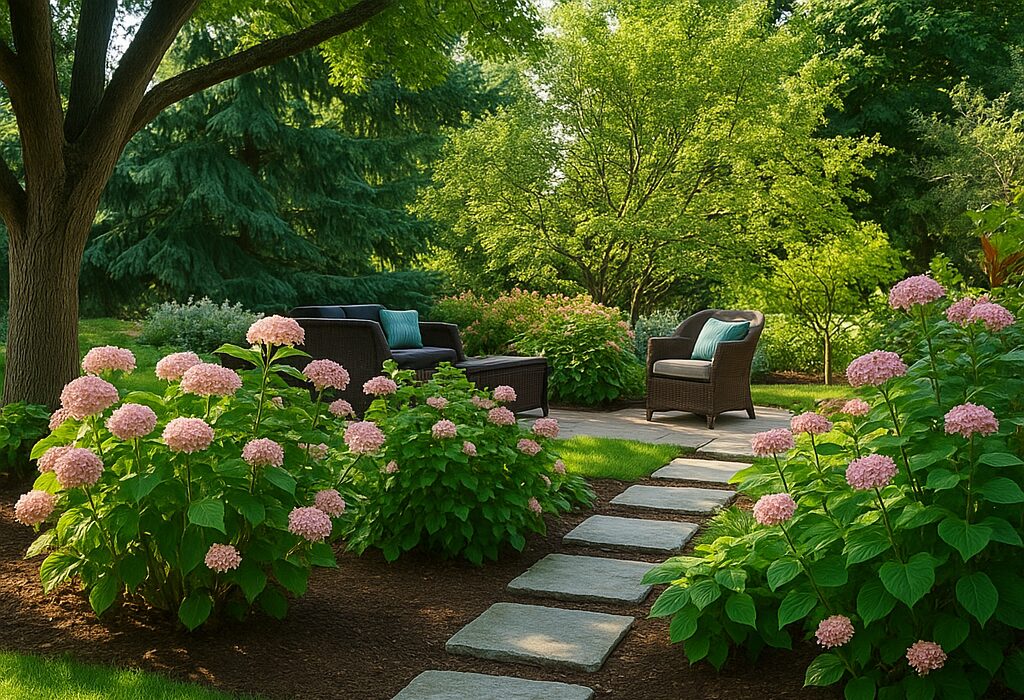Lush sustainability is more than a buzzword—it’s a movement reshaping how we think about our environment, our homes, and our future. Imagine a world where every garden, every building, and every product not only looks beautiful but also actively contributes to the planet’s health. That’s the promise of lush sustainability. It’s about creating spaces and systems that are as vibrant and thriving as they are eco-friendly.
A few years ago, I visited a friend’s home that had been transformed into a lush, sustainable paradise. Her backyard was a tapestry of native plants, edible gardens, and rainwater harvesting systems. It wasn’t just aesthetically pleasing; it was a living, breathing example of how sustainability can be both practical and beautiful. That experience opened my eyes to the potential of lush sustainability, and since then, I’ve been on a mission to explore and share its possibilities.
In this post, we’ll dive deep into what lush sustainability really means, explore its key principles, and uncover practical ways you can bring it into your own life. Whether you’re a seasoned eco-warrior or just starting your sustainability journey, you’ll find fresh insights and actionable tips here. Let’s get started.
What is Lush Sustainability?
Lush sustainability is the practice of designing and maintaining environments—whether gardens, homes, or communities—that are not only environmentally sustainable but also visually and functionally lush. It’s about creating spaces that are rich in biodiversity, resource-efficient, and aesthetically pleasing. Think of it as sustainability with a flourish, where the beauty of nature and the principles of eco-conscious living intertwine.
At its core, lush sustainability involves:
- Biodiversity: Encouraging a variety of plant and animal life.
- Resource Efficiency: Using water, energy, and materials wisely.
- Regenerative Design: Creating systems that restore and rejuvenate the environment.
- Aesthetic Harmony: Ensuring that sustainable practices enhance, rather than detract from, the beauty of a space.
Why does this matter? According to the United Nations Environment Programme, biodiversity loss and resource depletion are among the most pressing environmental challenges of our time. Lush sustainability offers a way to address these issues while creating spaces that inspire and uplift.
The Principles of Lush Sustainability

Lush sustainability isn’t just a feel-good idea—it’s built on actionable principles that guide its implementation. Here’s a breakdown:
1. Biodiversity as a Foundation
- What It Is: Encouraging a wide range of plant and animal species.
- Why It Matters: Diverse ecosystems are more resilient and productive. The World Wildlife Fund notes that biodiversity boosts ecosystem services like pollination and soil health.
2. Circular Systems
- What It Is: Designing systems where waste is minimized and resources are reused.
- Why It Matters: Circular systems reduce environmental impact and promote long-term sustainability. Composting and greywater reuse are prime examples.
3. Water Wisdom
- What It Is: Implementing water-saving techniques like rainwater harvesting and drought-tolerant planting.
- Why It Matters: With water scarcity affecting over 2 billion people, according to the World Health Organization, efficient water use is critical.
4. Energy Efficiency
- What It Is: Using renewable energy sources and designing for natural heating and cooling.
- Why It Matters: Buildings account for nearly 40% of global energy-related CO2 emissions, per the International Energy Agency.
5. Community and Culture
- What It Is: Fostering social connections and cultural heritage through sustainable practices.
- Why It Matters: Sustainable communities are more resilient and equitable. Learn more in our social sustainability guide.
These principles came to life in my friend’s garden. She used native plants to support local wildlife, installed a greywater system to reuse household water, and designed her space to maximize natural light and airflow. The result? A lush, thriving environment that required minimal external inputs.
Comparing Traditional Sustainability vs. Lush Sustainability

To understand lush sustainability better, let’s compare it to traditional sustainability:
| Aspect | Traditional Sustainability | Lush Sustainability |
|---|---|---|
| Focus | Minimizing harm to the environment | Enhancing beauty and environmental health |
| Aesthetics | Often secondary to function | Central to the approach |
| Biodiversity | May prioritize efficiency over diversity | Actively promotes diverse ecosystems |
| Examples | Solar panels, recycling | Native plant gardens, vertical forests |
While traditional sustainability is essential, lush sustainability takes it a step further by prioritizing beauty and abundance alongside eco-friendliness.
Lush Sustainability in Action: Real-World Examples
Lush sustainability isn’t just a concept—it’s being practiced globally. Here are some inspiring examples:
- The High Line, New York City: This elevated park transformed a disused railway into a lush urban oasis, using native plants and sustainable design to create a green corridor in the heart of the city.
- Bosco Verticale, Milan: These “vertical forests” are residential towers covered in trees and plants, reducing urban heat and improving air quality.
- The Eden Project, UK: A series of biomes housing diverse plant species, showcasing how lush environments can educate and inspire sustainability.
These projects prove that lush sustainability can scale from small gardens to large urban developments, each making a significant impact.
How to Bring Lush Sustainability into Your Life

You don’t need a sprawling estate to embrace lush sustainability. Here are practical steps to get started:
1. Start with Your Garden
- Choose Native Plants: They require less water and support local wildlife. Dive deeper with our organic gardening guide.
- Compost: Turn kitchen scraps into nutrient-rich soil. See our zero-waste guide for tips.
- Install a Rain Garden: Capture and filter rainwater naturally. Learn how in our rain gardens guide.
2. Green Your Home
- Use Sustainable Materials: Opt for bamboo, reclaimed wood, or recycled glass. Explore options in our sustainable house materials guide.
- Energy Efficiency: Install solar panels or use energy-efficient appliances.
- Water Conservation: Fix leaks and use low-flow fixtures. Check out our eco-home guide.
3. Support Sustainable Brands
- Buy Local and Organic: Reduce your carbon footprint and support ethical farming.
- Choose Eco-Friendly Products: Look for certifications like Fair Trade or B Corp. Get decor ideas from our eco-friendly decor guide.
4. Engage Your Community
- Join or Start a Community Garden: Foster social ties and share resources. See our green garden guide.
- Advocate for Green Spaces: Push for parks and green infrastructure in your area.
These actions don’t just help the planet—they enhance your quality of life, too.
The Challenges of Lush Sustainability
While the benefits are clear, lush sustainability has its hurdles:
- Initial Costs: Sustainable materials and systems can be pricey upfront.
- Knowledge Gaps: Many lack the know-how to implement sustainable practices effectively.
- Space Limitations: Urban dwellers may struggle to find room for lush, green environments.
But these challenges aren’t dealbreakers. Community gardens can solve space issues, and government incentives can offset costs. Education—like this post—bridges the knowledge gap.
Key Insights: Why Lush Sustainability Matters Now
Lush sustainability isn’t just nice to have—it’s urgent. Climate change, urbanization, and biodiversity loss are accelerating, and traditional approaches aren’t enough. Here’s why it’s a game-changer:
- Mental Health: Green spaces reduce stress and boost well-being, per studies from the American Psychological Association.
- Climate Resilience: Diverse, lush ecosystems better withstand extreme weather.
- Economic Value: Sustainable properties often see higher resale values.
In my own journey, I’ve found that small changes—like planting native species or composting—snowball into a lifestyle that’s richer and more connected to nature. It’s sustainability with soul.
The Future of Lush Sustainability
Looking ahead, lush sustainability could redefine urban planning and environmental policy. Cities like Singapore are leading with their “Garden City” vision, weaving green spaces into every corner of urban life. As climate challenges grow, the demand for lush, resilient environments will skyrocket.
Imagine a future where every rooftop is a garden, every building a forest, and every community a thriving ecosystem. That’s the lush sustainable world we’re building toward—one plant, one home, one step at a time.
Conclusion
Lush sustainability is more than a trend—it’s a transformative approach to living that benefits both people and the planet. By embracing biodiversity, circular systems, and community engagement, we can create environments that are as beautiful as they are sustainable. Whether you’re tending a small garden or dreaming of a green rooftop, every step counts.
Ready to make a difference? Start with one small change today—plant a native flower, support a local farmer, or share this post with a friend. Together, we can cultivate a world that’s truly lush and sustainable.
FAQ
What is the difference between sustainability and lush sustainability?
Sustainability focuses on meeting present needs without compromising the future, while lush sustainability emphasizes creating environments that are both sustainable and visually/ecologically rich.
How can I make my home more sustainable?
Start with energy efficiency, water conservation, and sustainable materials. Our eco-home guide has detailed tips.
Is lush sustainability expensive?
Initial costs can be higher, but long-term savings on energy and water, plus increased property value, often offset the investment.
Can lush sustainability work in urban areas?
Yes! Urban gardens, green roofs, and vertical forests are prime examples of lush sustainability in cities.

